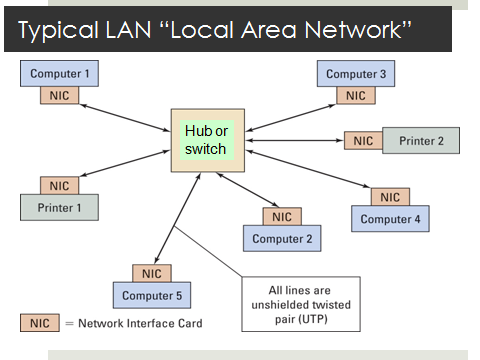WEB BROWSERS AND SURFING THE WEB
Students
customize their web browsers with the LAN proxy settings, bookmarks, search
toolbars and pop up blockers. Also, plug-ins like Macromedia Flash and JRE for
applets should be configured.
Surfing (or) browsing the net means going across the internet in search of particular topic to surf the net we need a suitable tool which is nothing but a Web Browser.
Web Browsers help to download the required content and they communicate with server using TCP/IP Protocol to retrieve and display required information. These supports internet protocol like HTTP, FTP, using HTML. Web Browser uses powerful programming languages like Java, Java Script cold fusion, PHP (Hypertext preprocessor), VB (Visual Basic), XML (extended mark up languages), Perl (Practical extraction and reporting language) and other surfing languages.
The popular Web Browsers are Microsoft internet explorer, Mozilla Fire Fox, Apple Safari, net Scope Navigator, Opera, and Lynx.
CUSTOMIZING
WEB BROWSERS WITH LAN PROXY SETTINGS:
- Select Tools menu
in IE.
- Select internet
options.
- Select
connections.
Here we have two options:
a. Dial-up and virtual private Network (VPN).
b. LAN setting.
The selection is dependent on kind of connections
you are trying to configure. They are:
i. Dial-up Modem connection.
ii. LAN connection.
iii. DSL (Digital) subscriber line) or cable Modem.
INTERNET
BOOK MARKS:
The
purpose of internet Book Mark is to easily access Web pages that the user has
visited and plans to visit.
The
book marks with in internet explorer are called favorites.
POP-UP
BLOCKERS:
1. Pop up adds (or) pop-ups are a form of one line advertising on www to attract the attention of users.
2. Pop up interrupt the user less but making it more difficult for the user to determine which Webs opened them.
3. Now must of the Web Browsers allow the user to block unwanted pop-up completely.
PLUG
– INS:
1. A plug – in is a software component program that interact with a main (host) program or application to provide better integration of Media.
2. Plug-ins extends the existing browser capabilities like Multimedia files are launched and place in browser window.
3. Few famous plug-ins are
® Apple quick time.
® Real Networks.
® Macromedia flash.
® Microsoft Media Player.
® Adobe shockwave.
® Sun Microsystems’s Java Applets.
SEARCH
ENGINES AND NETIQUETTE
SEARCH
ENGINE:
Search engines are one
of the primary ways that the internet users find websites. The term “search
engine” is often used generically to describe both crawler based search engines
and Human powered directories. These two types of search engines gather their
listings in radically different ways.
CRAWLER
BASED SEARCH ENGINES:
Crawler
Based search engines such as Google create their listings automatically. They
“Crawler” or “Spider” the web then people search through what they have formed
if you charge your Web pages crawler based search engines eventually find these
changes and that can affect how you are listed page little, body copy and other
elements which all play a role.
HUMAN
POWER DIRECTIONS:
A
human powered directory such as an open directory depends on humans for its
listing you submit a short description to the directory for your entire site
(or) editors write once for sites. They review a search looks for matches only
in the description submitted.
Search
engine software is the third part of search engine. This is the program that
sifts through the millions of pages recorded in the index to find matches to a
search and rank them in order of what it believes in most relevant.
NETIQUETTE
[INTERNET ETIQUETTE]:
- "Netiquette"
stands for "Internet Etiquette", and refers to the set of
practices created over the years to make the Internet experience pleasant
for everyone.
- Like other forms
of etiquette, netiquette is primarily concerned with matters of courtesy
in communications.
- The Internet is a "place"
with its own very special rules. People who communicate over the Internet
are called "Netizens".
- It's important to
learn the rules of the Internet before you logon, so that you can be a
"good netizen".
- Netiquette is the
"do's and don’ts" of communicating on the Internet. It explains
what is and is not acceptable behavior online and what you should and
should not do.
RULES
FOR NETIQUETTE:
Rule1: Remember
the Human.
Rule2: Adhere
to real-life standards of behavior.
® Be
ethical.
® If
you use shareware, pay for it.
® Breaking
the law is bad Netiquette.
Rule3: Know
where you are in cyberspace.
Rule4: Respect
other people's time and bandwidth.
Rule5: Make
yourself look good online.
Rule6: Share
expert knowledge.
Rule7: Help
keep flame wars under control.
Rule8: Respect
other people's privacy.
Rule9: Don't
abuse your power.



No comments:
Post a Comment